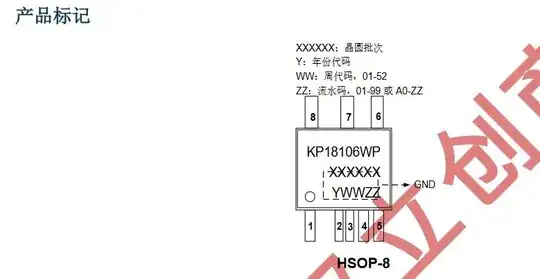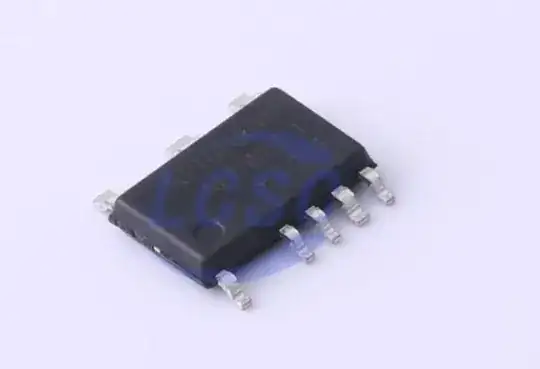Can someone identify IC "U1" in the below LED lamp PCB?
I've tried to google the identifiers but didn't find anything :-(
It's an 18 W lamp for 240 V AC, and according to the customer it's the second lamp within a few weeks that blew up (obviously fuse FS1 triggered after U1 experienced a "thermal anomaly").
What could be wrong? U1 simply overloaded? Wrong driver concept at all?



